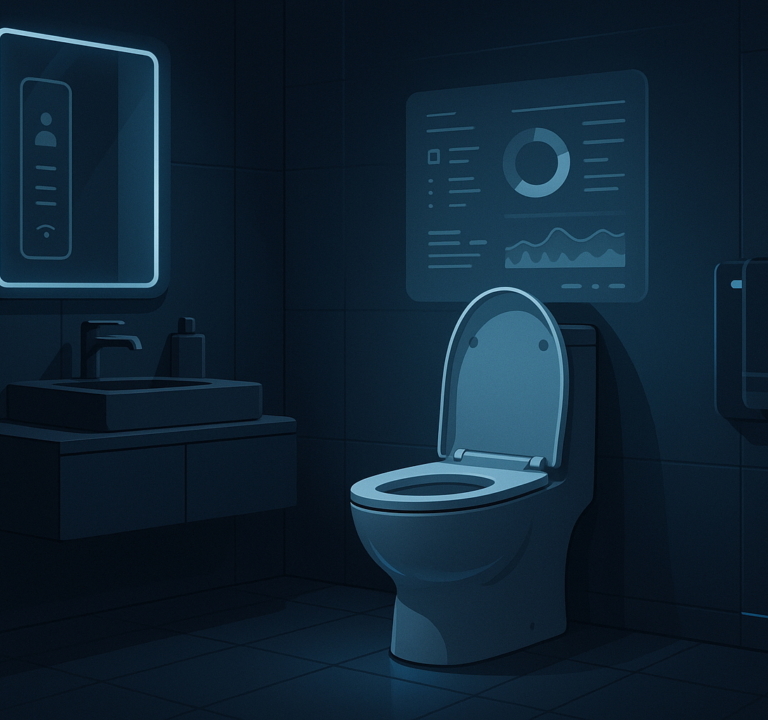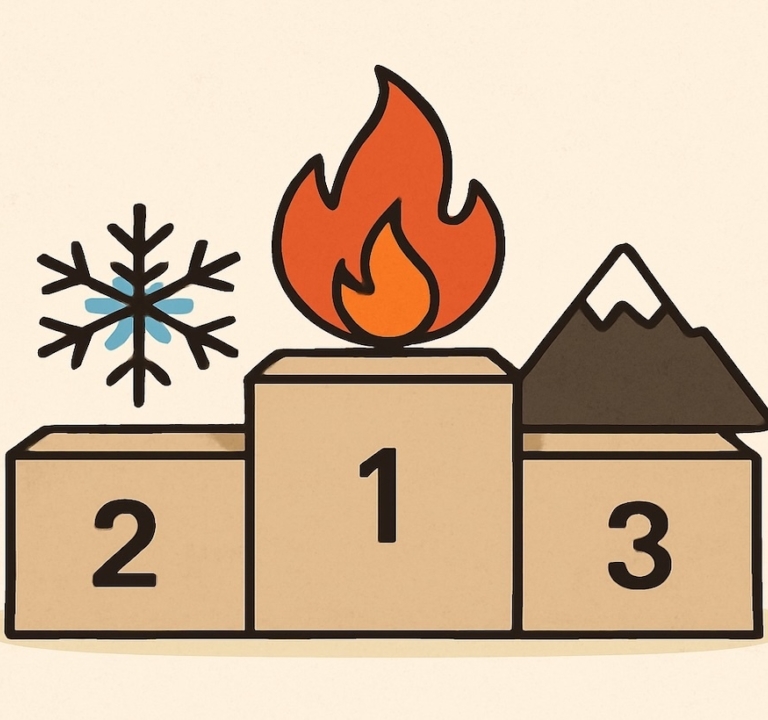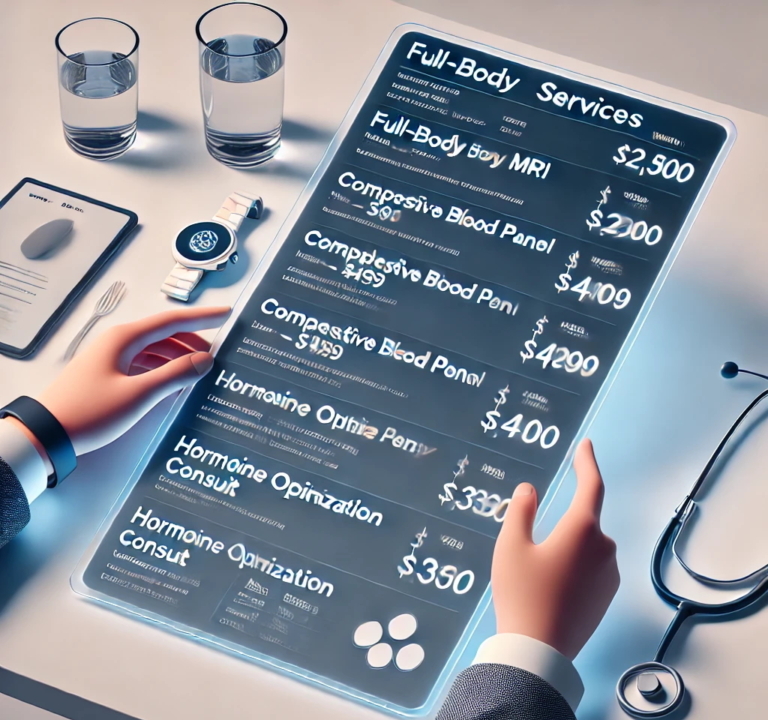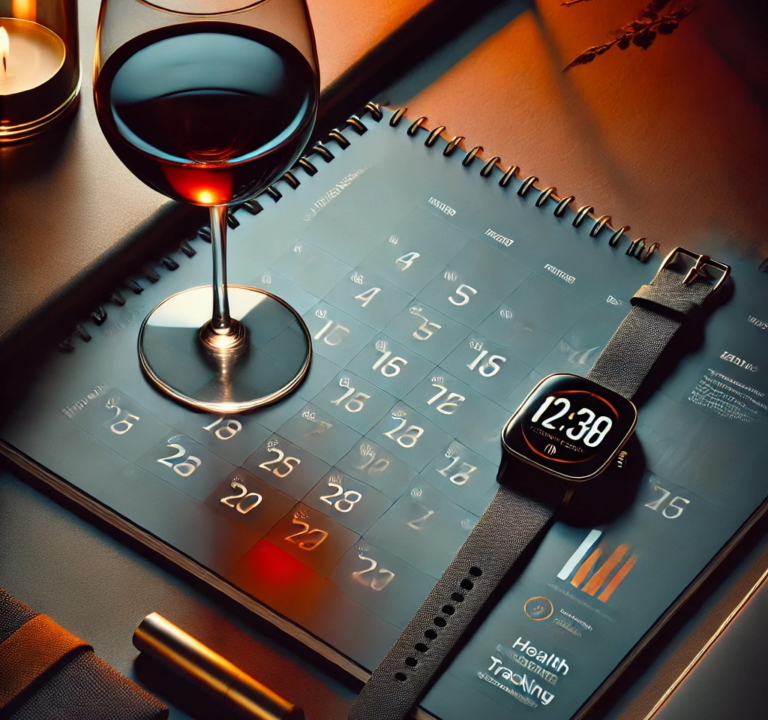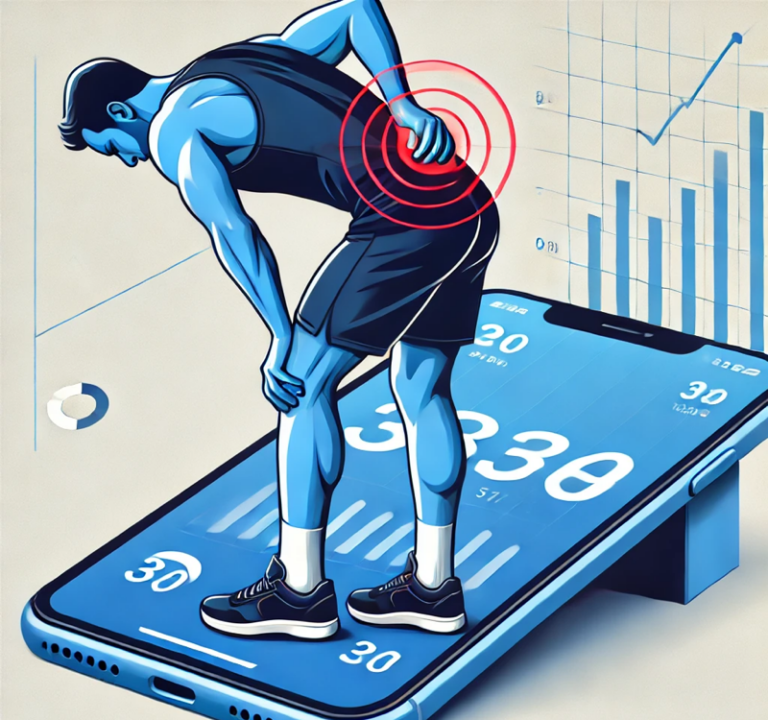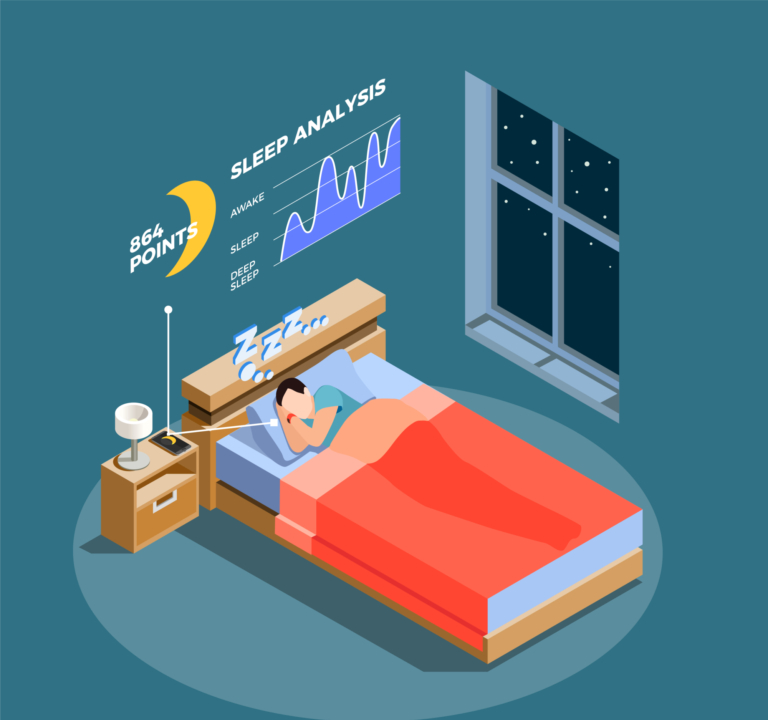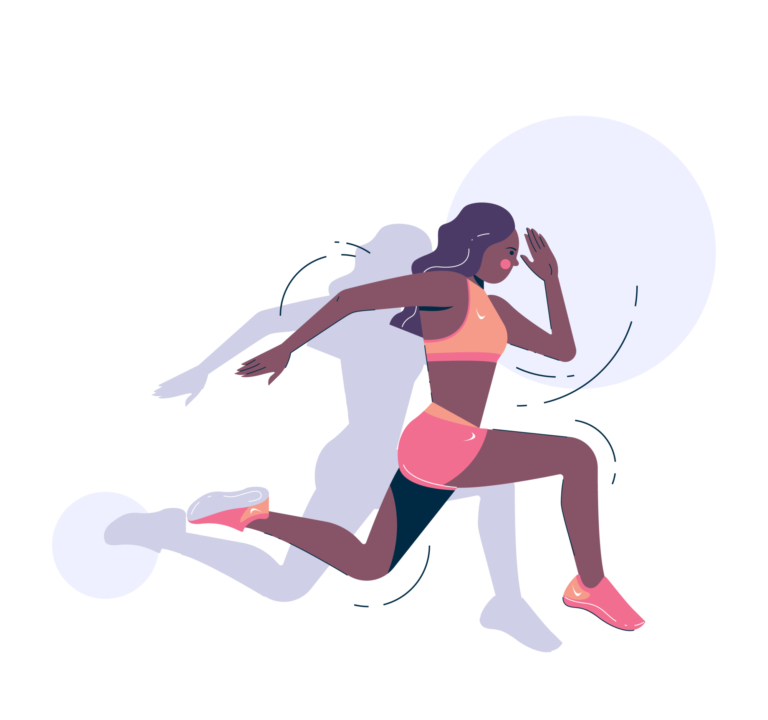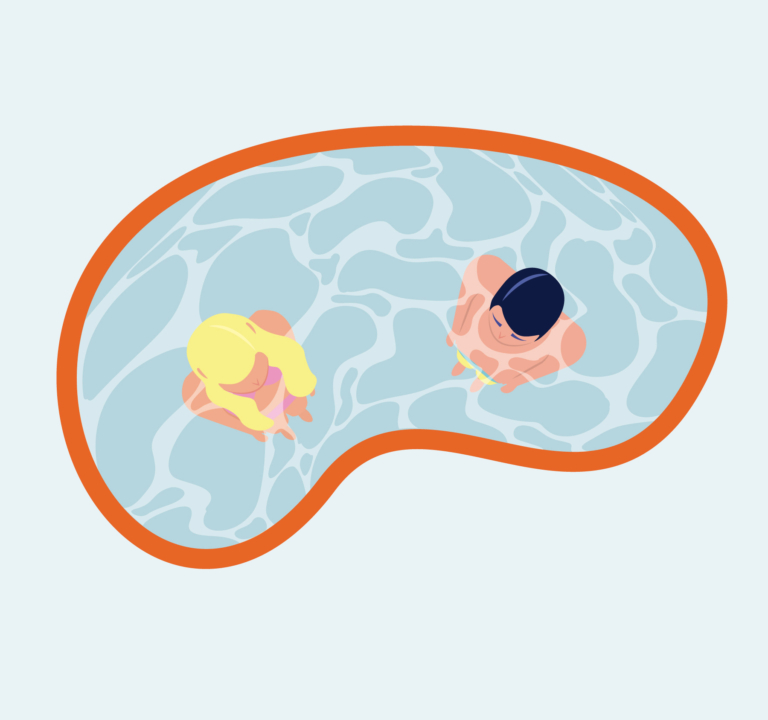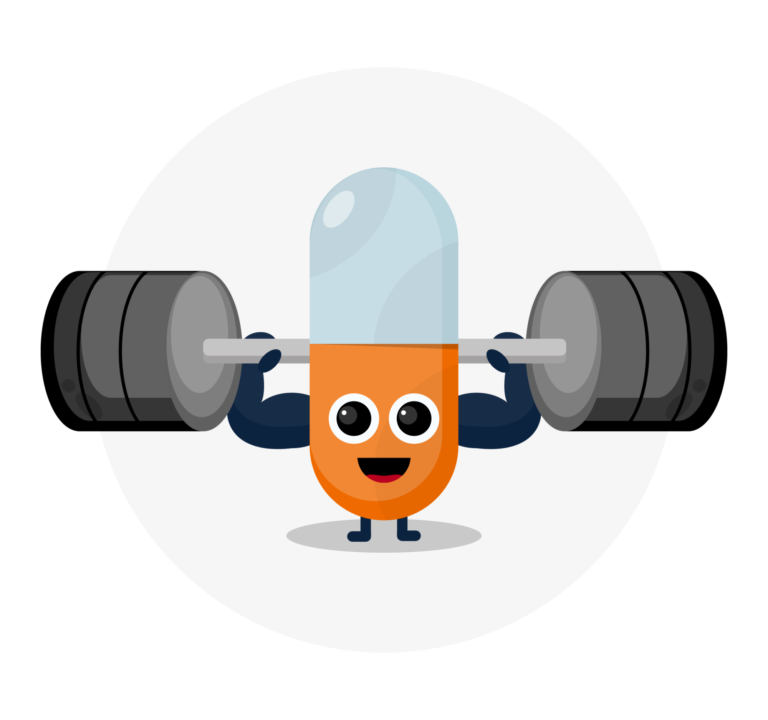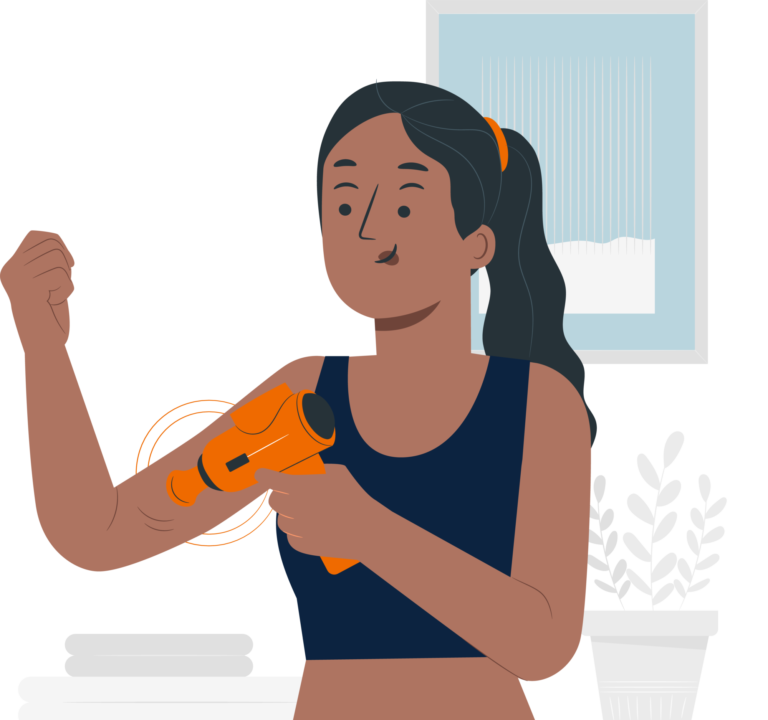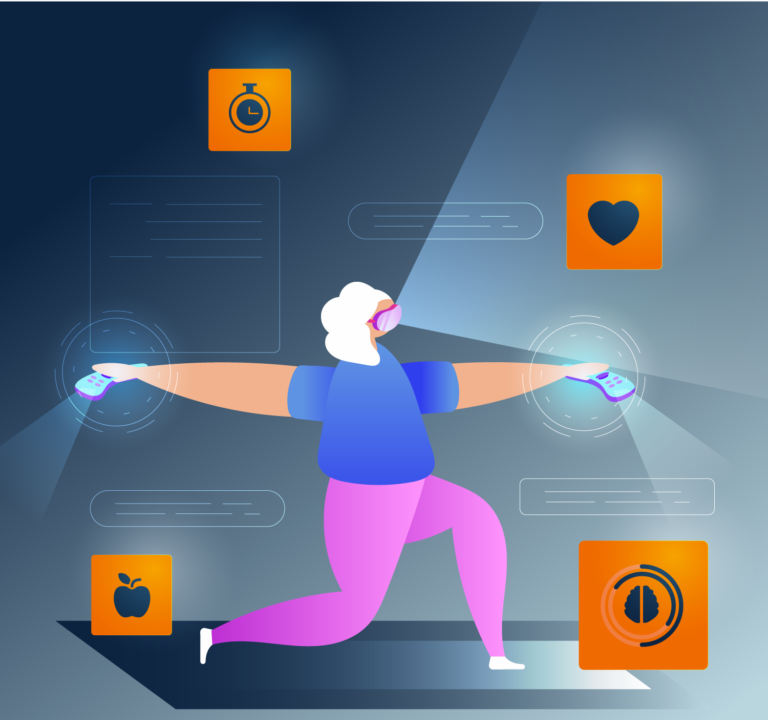POV 15 - COLD WATER THERAPY
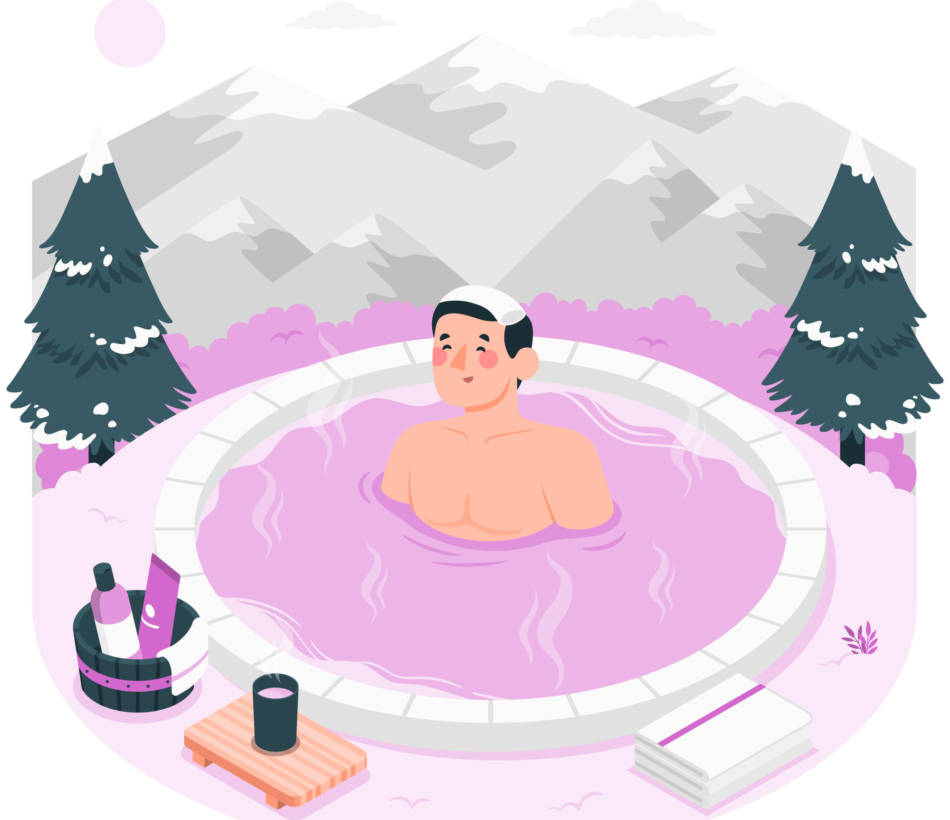
While there is still no consensus regarding the optimal protocols or the health benefits, the act of plunging neck-deep into near-freezing waters is a highly-sought out health & wellness routine for a growing community of enthusiasts.
DIVING DEEPER
Regular plungers report physical and mental benefits that can be felt hours after having completed their sessions.
Here is what happens to the human body under cold water-induced state of healthy (hormetic) stress.
The cold shock
To reap the full benefits of cold plunging, one must quickly & decidedly immerse oneself neck-deep in waters between 3 and 15 degrees Celsius to induce a controlled discomfort or cold shock.
This desired shock will induce :
Energy metabolism - Shivering, in an effort to regulate body temperatures by increasing muscle energy expenditure, elevating glucose & lipid metabolism.
Nervous system - The body also enters into a fight-or-flight mode that activates the sympathetic release of nor.adrenaline and cortisol.
The minutes that follow
To ensure that the evolutionary diving reflex is engaged and maximize subsequent physiological responses, it is recommended that full immersions last between 10 and 15 minutes.
Cardiovascular health - Redistribution of the blood perfusion to the brain and heart via contraction of muscle arteries; improving arterial health (reactivity) once normal pressure returns.
Nervous system - Release of dopamine and parasympathetic nervous system takes over to lower heart rate and blood pressure.
Long-term adaptations
Shorter but more frequent sessions are favorable to support the following long-term adaptations :
Mitochondrial health - Mitochondrial generation (biogenesis), improved mitochondrial activity and metabolism, and increased energy production.
Metabolic health - Activation of brown fat and conversion from white fat to regulate body temperature (thermogenesis); further improving glucose and lipid metabolism, and insulin sensitivity.
Immunity - Improvement of immune defense and anti-inflammatory mechanisms.
Muscle recovery - Reduction of delayed onset muscle soreness (DOMS).
Epigenetics - Stimulation of DNA & tissue repair and autophagy of damaged cells.
Moreover, if used in combination with saunas, cold exposure should be last in sequence not to alleviate the long-term benefits of thermoregulation, for instance.
The mental aspect of cold exposure
Most of the above listed adaptations contribute to improving sleep quality and involve pillars of longevity, such that cold water immersion could be an effective therapy to promote healthy aging.
By balancing neurotransmitters, cold plunging can also benefit mental health, improving mood and depression.
Above all clinical validation - that will always be scrutinized for an inevitable lack of having no proper blinded control - completing a session of cold water exposure instills a feeling of accomplishment, mental resilience, and mastery over physical discomfort - that coincides with the current trend of doing the hard things.
THE OPTIONS
Once a risky business of dipping into frozen lakes or rivers or a habit that required impractical conversions of bathtubs or chest freezers into makeshift ice baths, cold plunging has now become more accessible.
In the early 2020s, the first consumer-grade ice baths emerged and quickly captured a sizable share of the home wellness market; valued today at $334 million USD growing at a CAGR of 4.2%.
At-home solutions
Many manufacturers have now launched their own ice bath versions, the most notable options being :
Coldture, Edge theory labs, Emperor Ice bath, Ice barrel, Morozko Ice bath, Monk, Nordik Ice bath, Odin plunge, Plunge, and Renu therapy.
The differences between the offerings are many. Some models are inflatable (Edge theory) and portable, while others require plumbing. Some boast self-cleaning features, while others necessitate regular maintenance. They come in various shapes, sizes and aesthetics, and their prices vary widely.
Cold plunge communities
First-time icebreakers can now take part in cult-like clubs and be accompanied by coaches to make their cold immersion experience transcendent.
The most popular cold plunge-dedicated communities are :
Note that Plunge and Monk have recently debuted their own coaching and data tracking apps in an effort to virtually replicate the support and accountability felt by community plungers.
DIPPING OUR TOE
The rapid growth of the cold water immersion trend and the ice baths market is undeniable, yet sustaining this pace over time is challenging. We anticipate the following hurdles ahead :
Challenge to attract a majority of households once most early adopters will have been converted.
The ice bath space is already crowded and highly competitive, as leading bathtub manufacturers are poised to enter the market.
Entry barriers - Compared to other wellness tech or therapies, cold plunging has potentially more barriers to entry.
important initial investment and space required (for at-home options),
initial discomfort, and
opportunity cost - as it can hardly be combined with other therapies or activities.
Trend shifting away from at-home cold plunging towards communal experience of bath houses.
We anticipate that cold water immersion will continue being a prominent health and wellness therapy, with bathhouses, boutiques, and spas emerging as the primary customers for ice bath manufacturers. By addressing many of the aforementioned hurdles, communal dipping capitalizes on the prevalent community culture and social experiences; and if there's one wellness modality that can use a dose of extrinsic motivation, it's cold plunge!
Untapped markets - Women are less likely to experience cold water immersion, partly because the female anatomy has twice as many sensitive areas than men's. Providing adapted immersion protocols and coaching to alleviate this discomfort could help tap into the women’s market, as well as uncovering women’s health specific hormonal and perimenopausal health benefits.
There could even be an opportunity for an entirely new thermal plunge-wear segment …?
One last dip - Cryotherapy remains a valid, time-efficient and comfortable - albeit even less accessible - alternative to cold water immersion.




